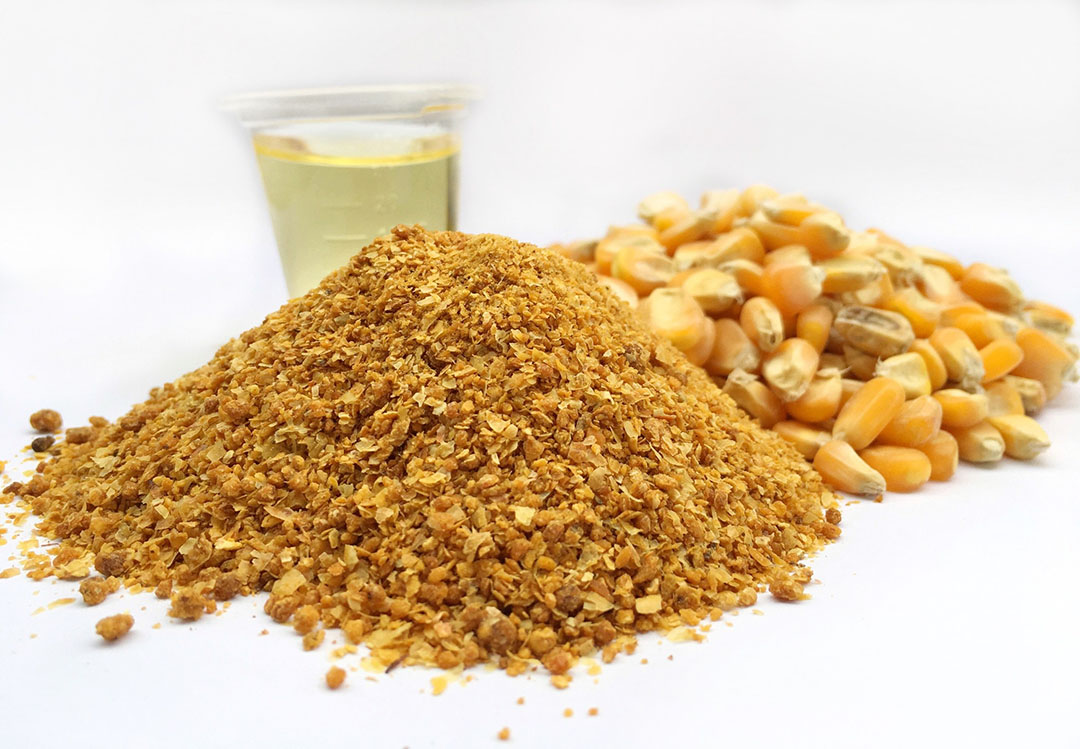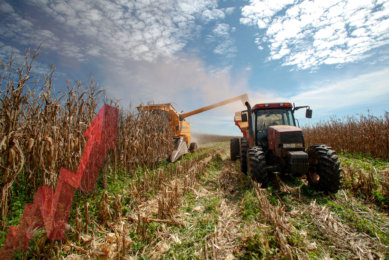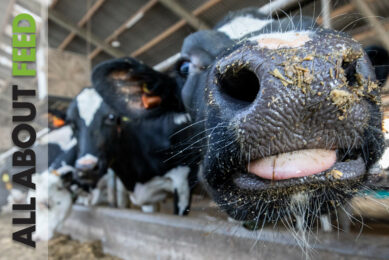Monitoring the energy variability of corn DDGS

Formulation of animal diets are changing and more alternative raw materials are incorporated in the feed. The need to monitor variability and detect atypical or damaged batches has therefore become even more important.
Using alternative raw materials in animal feed has become a necessity rather than an option. The by-product dried distillers’ grain with solubles (DDGS) is one of them. Increasing ethanol production from cereal grains generates huge quantities of DDGS. For the feed industry it is both an alternative protein and an energy source. Despite significant progress made by the ethanol industry to standardise production between plants – products arriving at feed mills still vary widely. This means that energy and amino acid levels are also highly variable. Therefore, nutritionists need a way to confidently predict the nutritional value of raw materials. This can be done by the Precise Nutrition Evaluation (PNE) tool, developed by animal nutrition company Adisseo. It allows to improve the efficiency and accuracy of the raw material evaluation. For corn DDGS a metabolisable energy (ME) value can now be predicted from in-vivo measurements. Together with amino acids digestibility predictions, PNE therefore offers nutritionists a fast, discriminating tool to monitor variability and detect atypical or damaged batches.
Building ME equations from in-vivo data
Samples of 97 batches of corn DDGS were collected from around the world and tested. Apparent Metabolisable Energy (AME) content was determined using 22-day-old chickens as a model (adapted from Bourdillon et al, 1990). AME values were calculated as the difference between the amount of ingested and excreted Gross Energy. Then they were corrected for zero nitrogen retention (AMEn). Average AME values were 2,743 ± 386 kcal per kg of dry matter (DM), with a range from 1,727 to 3, 628 kcal per kg DM and a coefficient of variation (CV) of 14%. AMEn was on average 2,581 ± 370 kcal/kg DM, from 1,797 to 3 420 kcal/kg DM (CV = 14.3%). From these measurements, NIRS calibrations were built for PNE. These are available online as of June 2018 and since then, a total of 1,171 corn DDGS samples from customers were successfully predicted for their energy content. The variability level reached 8%, equivalent to ± 216 kcal/kg DM for AME and 209 kcal/kg DM for AMEn.
PNE better reflects variability
Energy determination equations, based on chemical analysis measures, remain the most common methods used. However, questions have been raised about their ability to properly discriminate corn DDGS samples. To confirm this, 20 DDGS samples from the PNE platform were checked. Their predicted proximate values (Table 1) have been used in 3 published equations, allowing a comparison between calculated and in vivo-based AMEn data to be made. On average, the equations overestimated AMEn vs PNE – ranging between +104 and + 430 Kcal/kg DM.
Furthermore, energy values obtained by equations were associated to lower CV (ranged from 2.1 to 6.9%) than those of PNE (CV = 11% ) : PNE better reflects variability than equations. Figure 1 shows that PNE and the equations gave similar results only for high AMEn content samples (around 3 000 kcal/kg DM). Most importantly PNE highlighted low AMEn values (below 2 400 kcal/kg DM) for 6 samples out of 20, which none of the tested equations were able to detect. The contribution of corn DDGS nutrients to AMEn could be lower than expected and therefore cannot be fully predicted from chemical composition.
Figure 1 – AMEn determination of 20 corn DDGS samples using either PNE or equations based on proximate analysis.

Implications for nutritionists
To reach the performances and cost objectives, animal nutritionists need relevant tools. A poor prediction of ME content may negatively impact the corn DDGS shadow price, nutritional feed value and cost, as well animal performances. Therefore, for accurate quality control of raw materials, all batches of corn DDGS delivered to the feed mill should be thoroughly monitored. The PNE platform is one of the tools that nutritionists can use, providing them AME, AMEn results and amino acids digestibilities as if the measures had been made in-vivo. This will bring nutritionists a step closer to precise nutrition formulation.
Authors: E. Bourgueil,* C. Gady and S. Vandeplas. *Corresponding author: Elisabeth.Bourgueil@adisseo.com. References are available on request.











